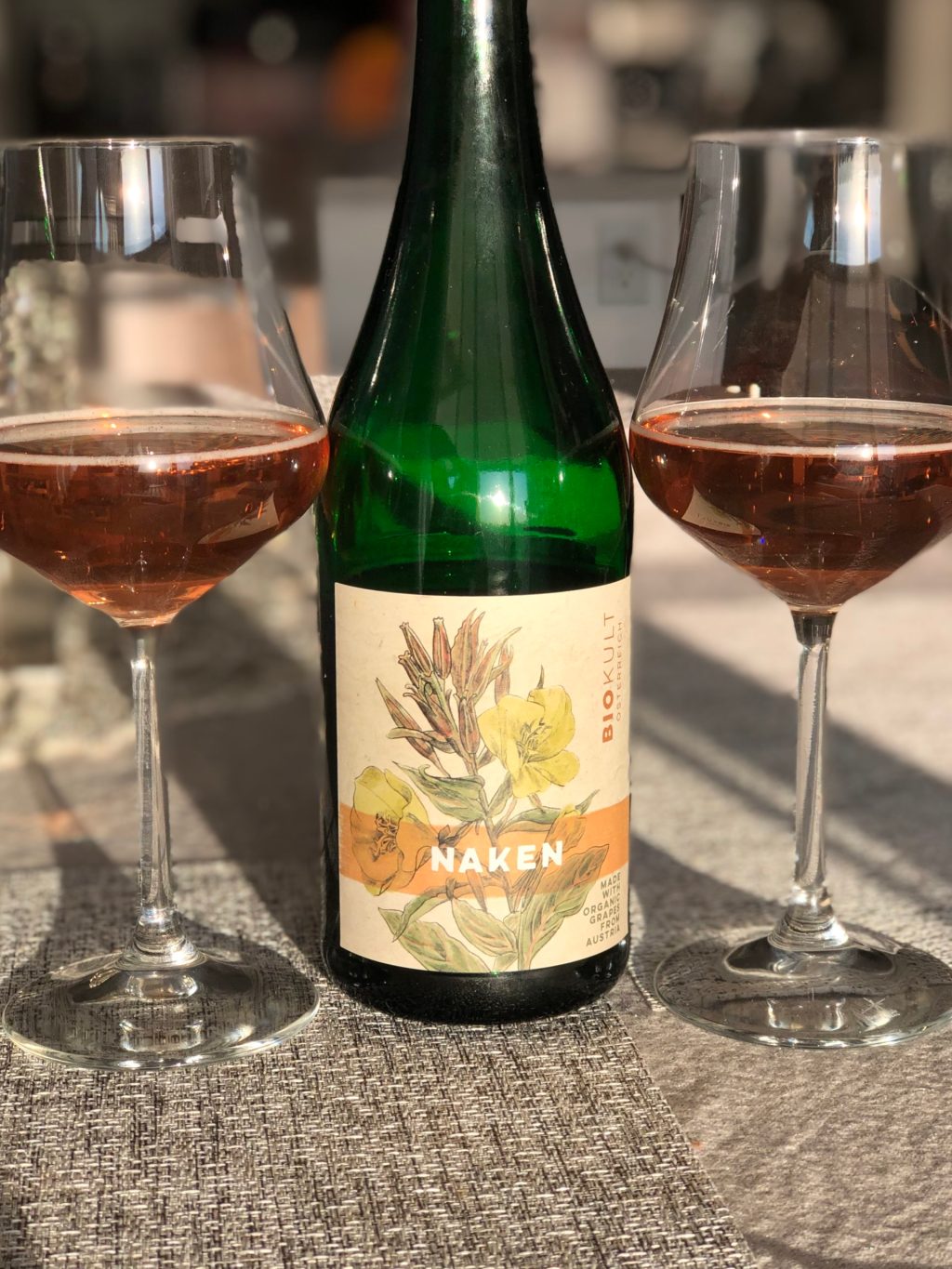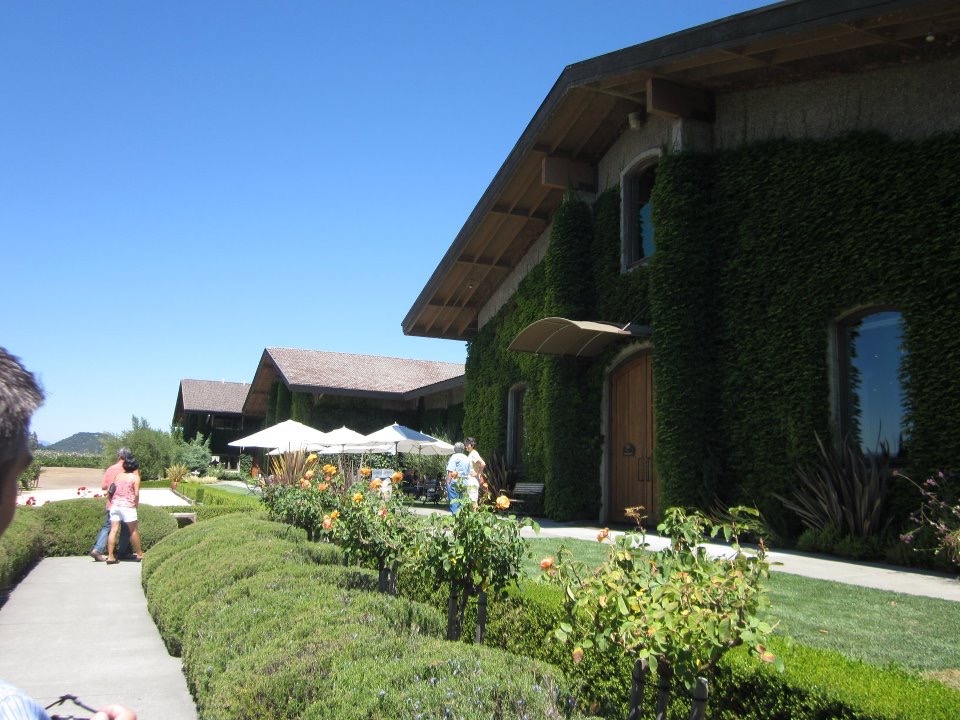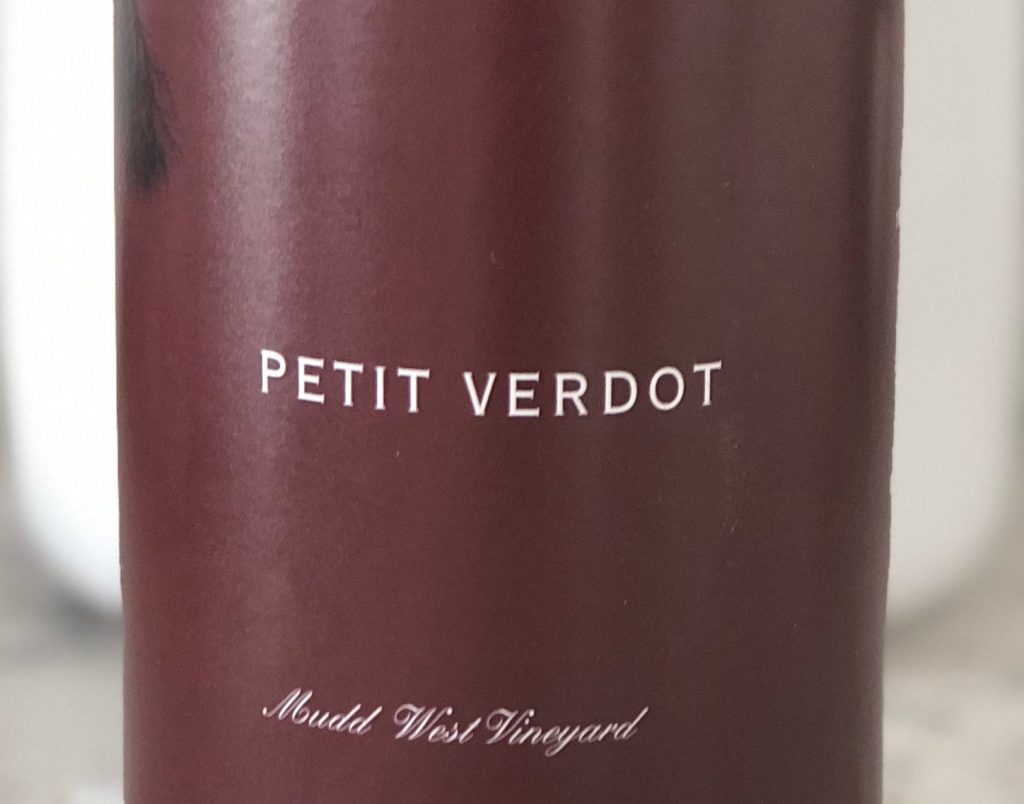-
 Continue reading →: Bubbly On A Budget: Affordable Champagne Alternatives
Continue reading →: Bubbly On A Budget: Affordable Champagne AlternativesThe holidays are right around the corner and no drink is more festive than one that pops and fizzes with bubbles dancing in your glass! I drink sparkling wine anytime of the year, no special occasion needed. During the holidays I purchase these wines more frequently. We are seeing the…
-
 Continue reading →: Biokult Organic Wine
Continue reading →: Biokult Organic WineDo you make an effort to buy organic food when you make your shopping trips? Is it important to you that your wine be organic as well? I will admit over the last few years I have added much more organic meat and produce to my diet and it’s even…
-
 Continue reading →: Maison No.9 by Post Malone
Continue reading →: Maison No.9 by Post MaloneApparently Post Malone (Posty as he is known in my house), the hit making, Grammy winning artist, is drinking more than just Bud Lite. A few months ago during the shutdown, I was watching his live tribute to Nirvana performance that he was giving from his home in Utah. He…
-
 Continue reading →: J. Hofstätter Pinot Grigio
Continue reading →: J. Hofstätter Pinot GrigioI’ll admit it, I am not the biggest pinot grigio fan. There are times where I have been out and about at a rooftop bar in the summer and have wanted a crisp, refreshing wine to cool down with. Usually choices by the glass in these venues are limited but…
-
 Continue reading →: Best Wines of Lockdown
Continue reading →: Best Wines of LockdownAs we can all agree, 2020 feels like the longest year ever and we are only half way through as I write this post. Here in Vermont our stay at home order went into effect mid March and luckily we are slowly opening up a little more each week. At…
-
 Continue reading →: Shelburne Vineyard
Continue reading →: Shelburne VineyardThis past Saturday, March 28th there was an Instagram campaign running called #openlocalwine. The local wine I chose to highlight on the platform was Harvest Widow’s Revenge 2019 from Shelburne Vineyard, located here in Vermont. I have been visiting Shelburne Vineyard often over the years prior to making the Green…
-
 Continue reading →: Clos Du Val Three Graces
Continue reading →: Clos Du Val Three GracesYears ago during my first visit to Napa Valley we stopped by Clos Du Val winery with friends for a tasting. Clos Du Val is family owned and has an important history in Napa wine. (If you are a wine geek like me, you may know they were part of…
-
 Continue reading →: Channing Daughters Petit Verdot
Continue reading →: Channing Daughters Petit VerdotBefore I made the move up north I spent a lot of time visiting Long Island wine country. There are many wineries there that are worth visiting and they are producing some very good quality wines from many different grape varietals. While the majority of vineyards are located on the…
-
 Continue reading →: Bodegas Muga Rioja Gran Reserva Prado Enea 2009
Continue reading →: Bodegas Muga Rioja Gran Reserva Prado Enea 2009Each year for my husband’s birthday I try to find a really good Rioja either to drink at home or to pair with a special dinner out at a fabulous restaurant. As I have said often when I am posting about this Spanish red wine, it’s my husband’s favorite. Honestly,…
Hello,
I’m Meridith

Welcome to Drinkwinewithme! Here I share the wines I’ve enjoyed and feel are worth drinking. I am WSET Level 2 certified and love learning about wine and sharing it with you.
Let’s connect
Recent posts
Categories
- Australia
- Austria
- British Columbia
- Cabernet Sauvignon
- California
- Chardonnay
- Dessert wine
- Fingerlakes
- France
- Germany
- Gewurtztraminer
- Greece
- Italy
- Long Island
- Malbec
- Merlot
- New Zealand
- Oregon
- Organic
- Petit Verdot
- Pinot Noir
- Portugal
- Prosecco
- Red Blends
- Riesling
- Rosé
- Sake
- Sauvignon Blanc
- South Africa
- South America
- Spain
- Sparkling/Bubbly
- Vermont
- Viognier
- Washington State
- Wine bars/Restaurants
- Wine Education
- Wine tastings/events
- Zinfandel
